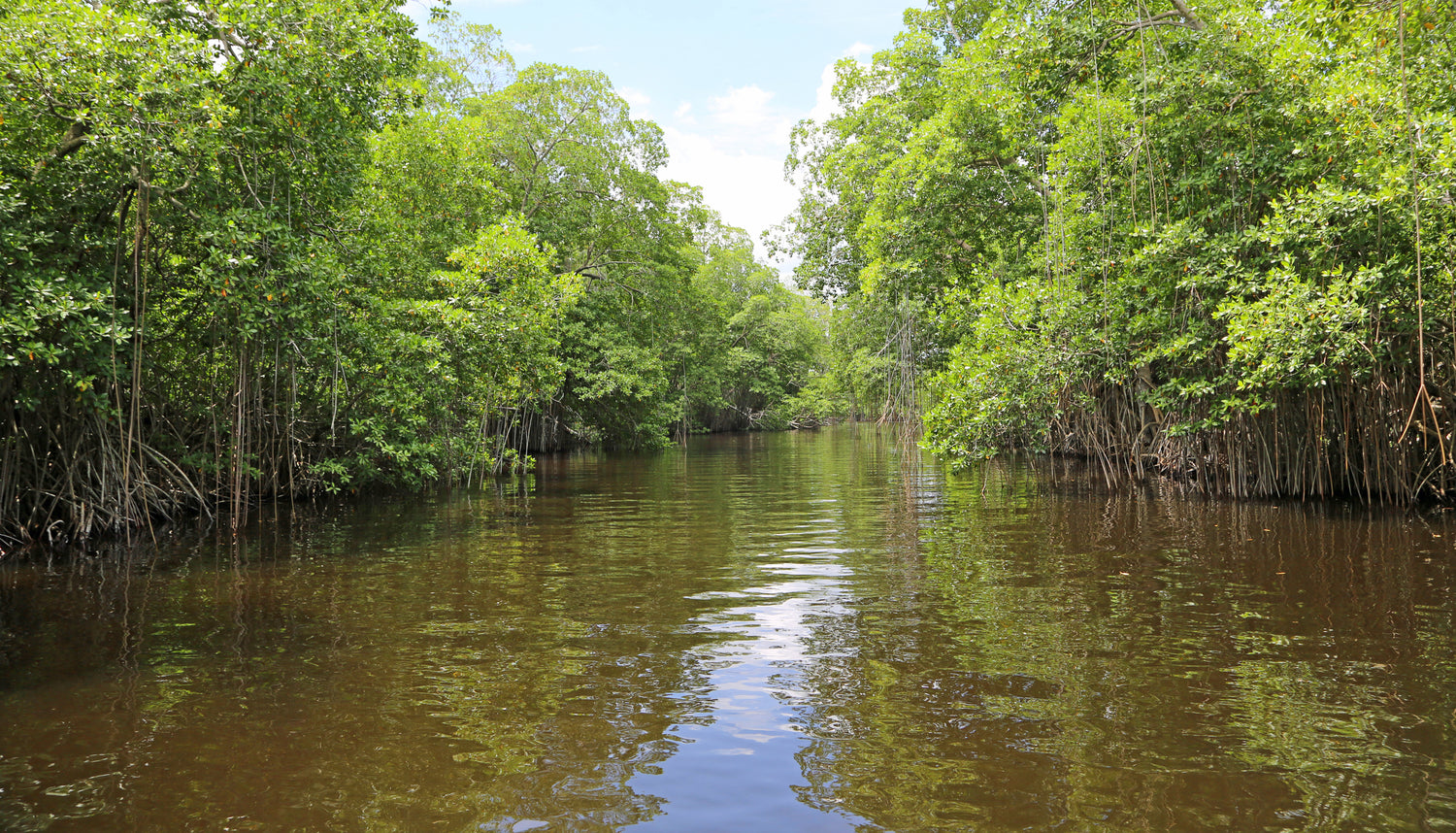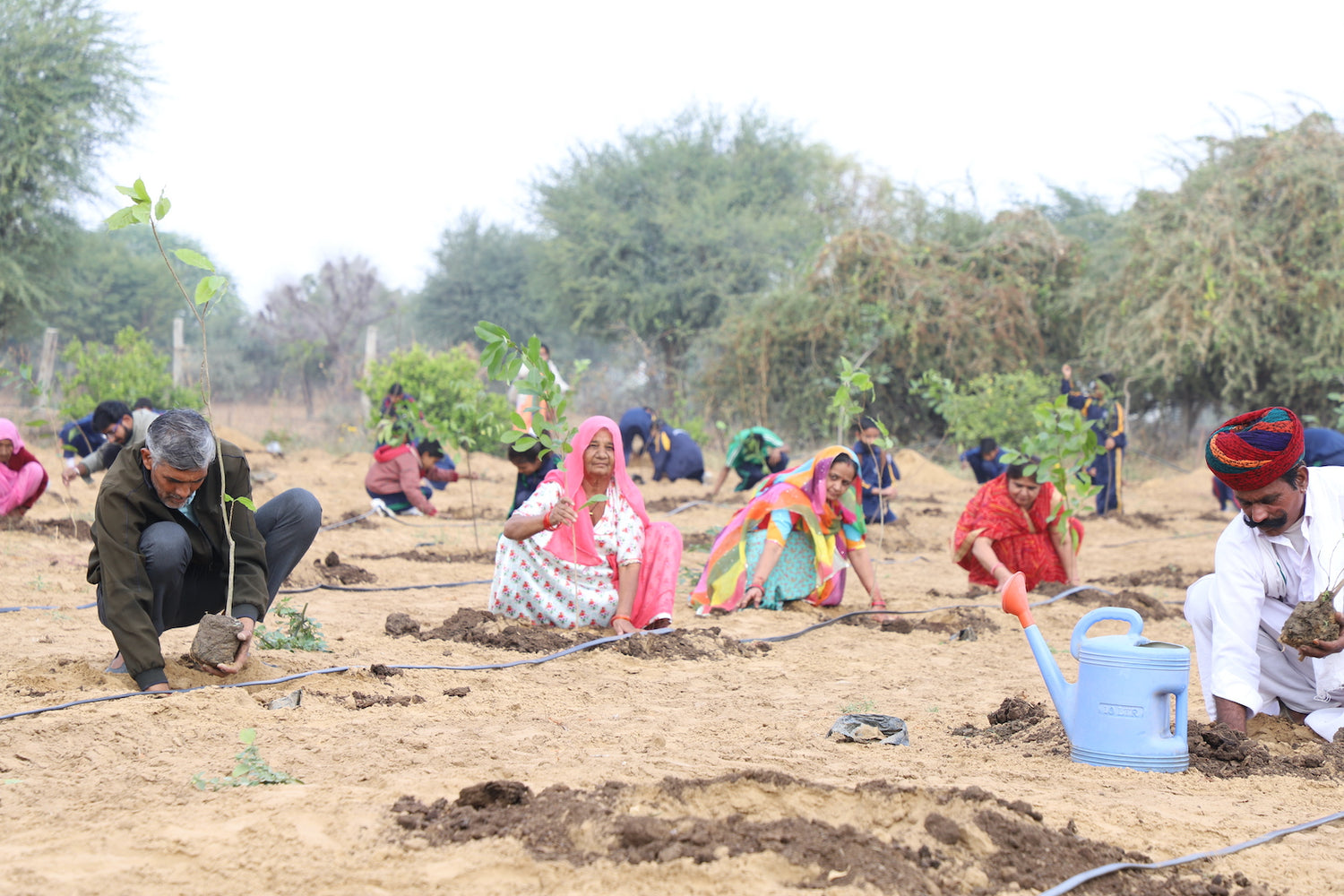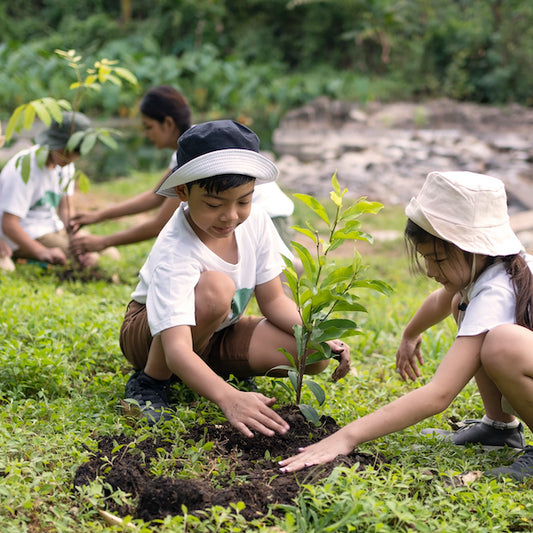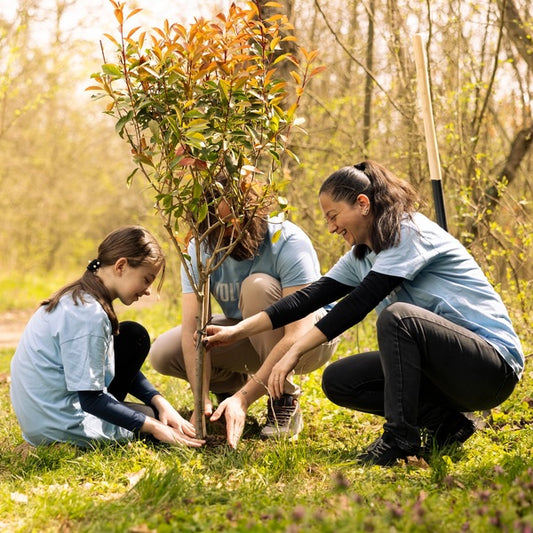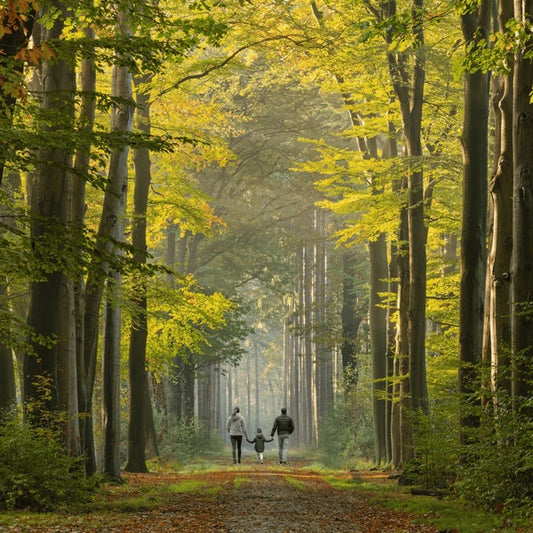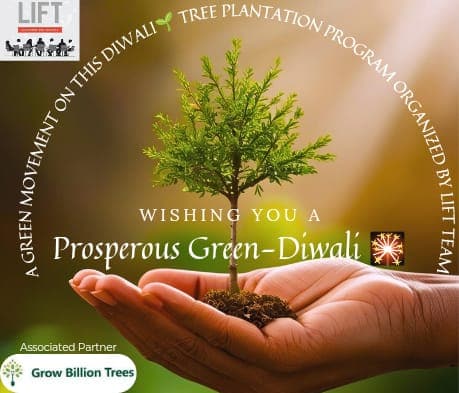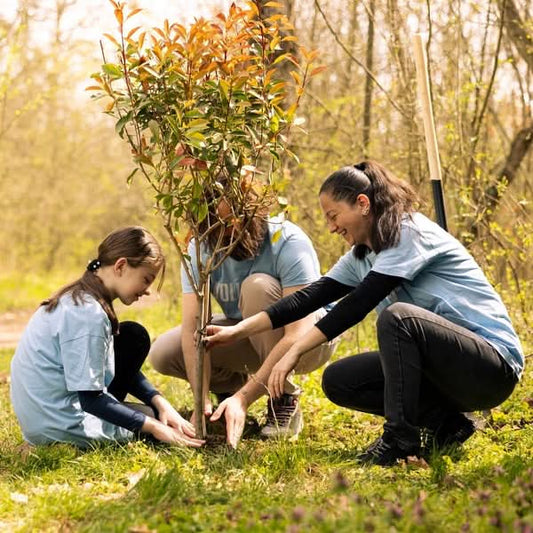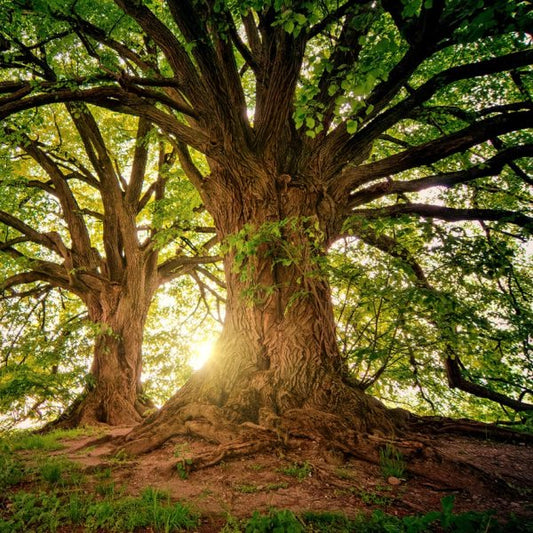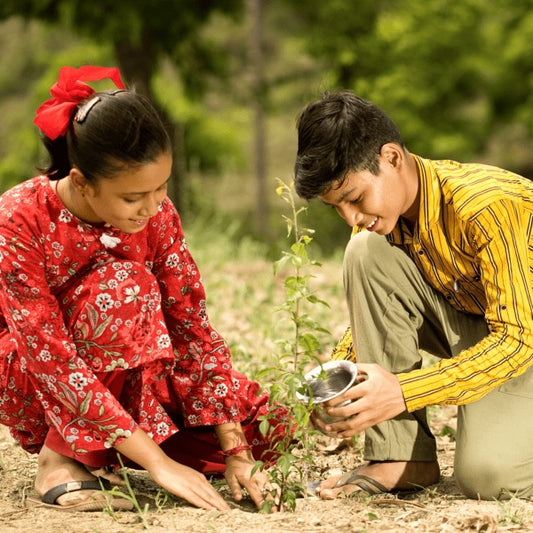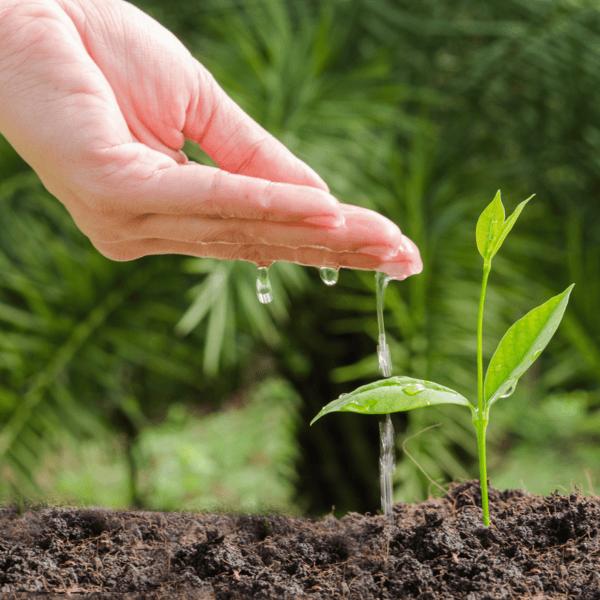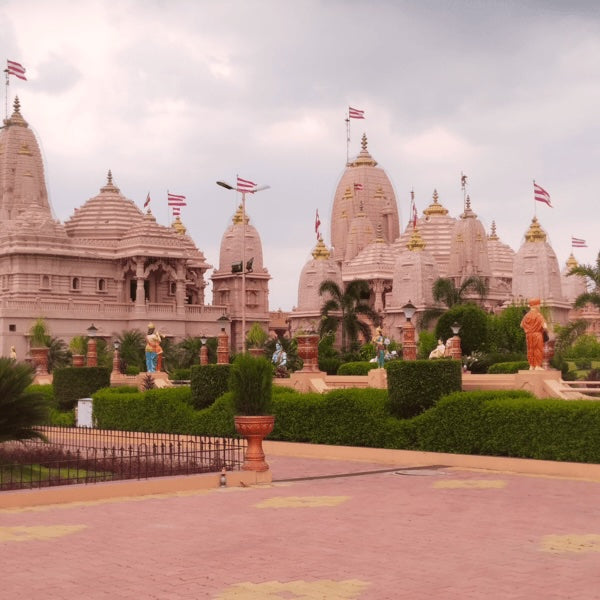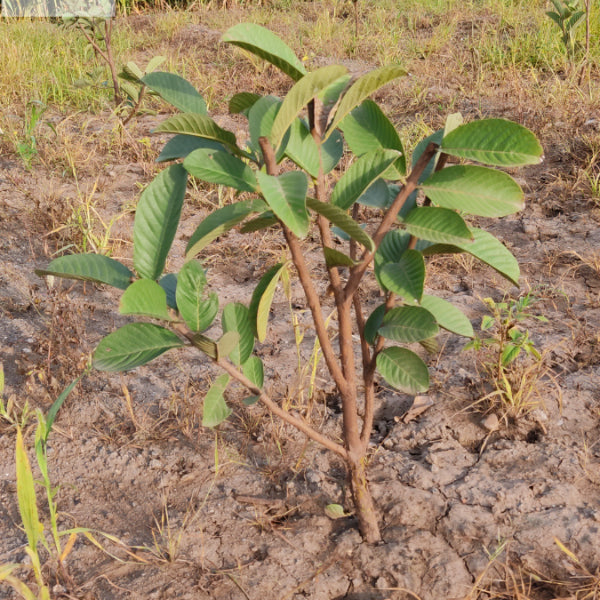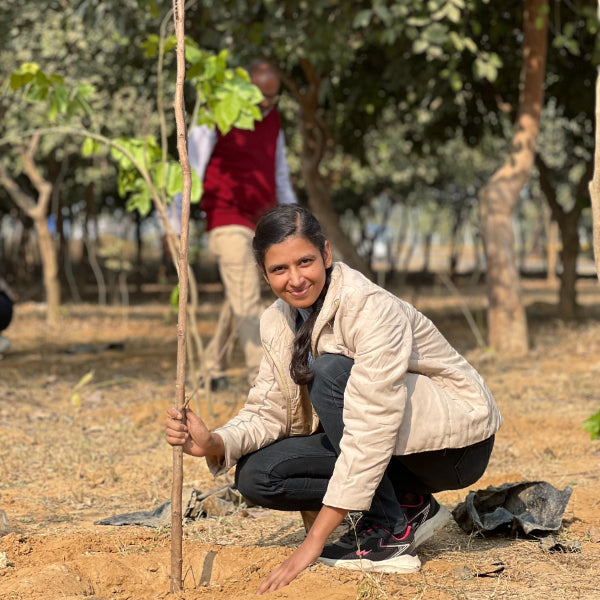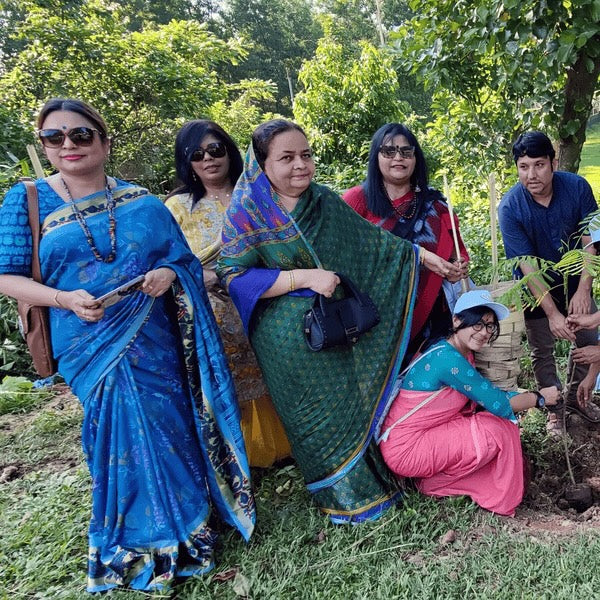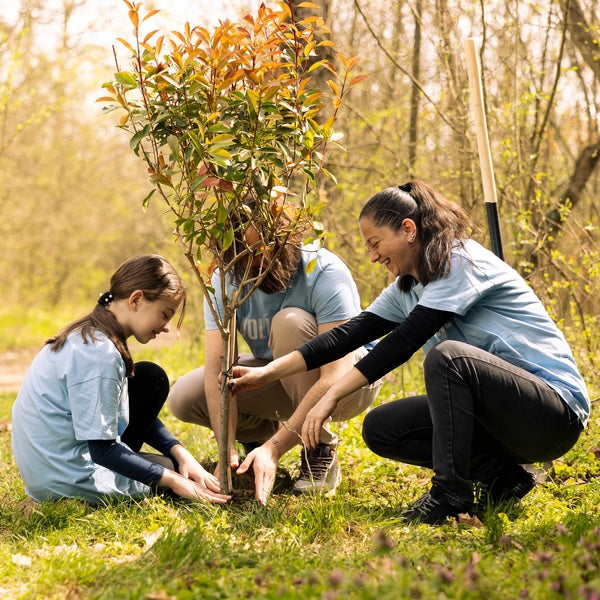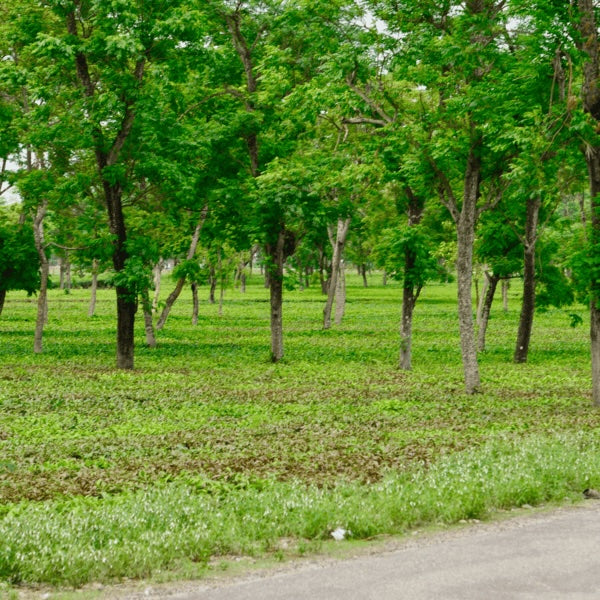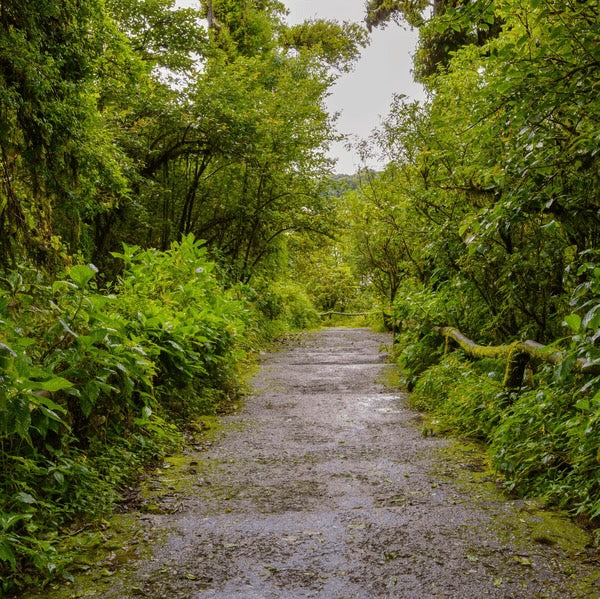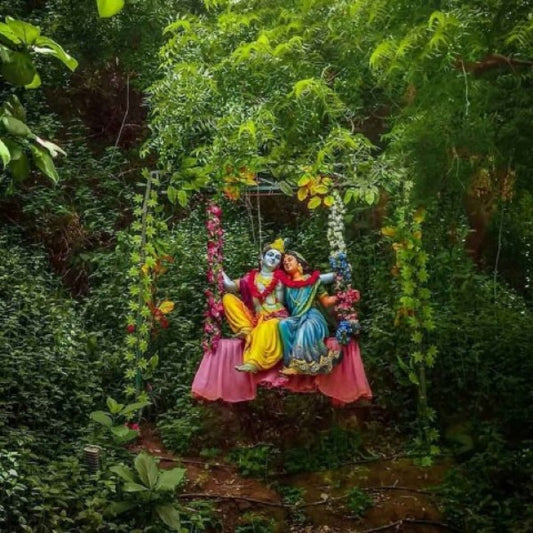Mangrove Bhavnagar Coast: A Conservation Effort in Action
The Bhavnagar Coast, located in the state of Gujarat, India, is a vital ecological zone characterized by its rich biodiversity and unique mangrove eco Read more
Connect with us
-
👥 Corporates
If you are looking for:
- 🌲 Tree Plantation Events
- 📊 CSR Projects
📧 corporate@growbilliontrees.com
📞 +91 9699723523
💬 +91 9325931304 WhatsApp (Only)
🕒 Mon - Sat | 10am - 7pm IST
-
🧩 Tree Plantation NGOs
If you are looking for:
- 💰 Financial Assistance
- 🤝 Operational Support
📧 support@growbilliontrees.com
📞 +91 9699723523
💬 +91 9325931304 WhatsApp (Only)
🕒 Mon - Sat | 10am - 7pm IST
-
🌼 Individuals
If you are looking for:
- 👥 Group Tree Plantation Drive
- 🌳 Bulk Tree Plantation
📞 +91 9699723523
💬 +91 9325931304 WhatsApp (Only)
🕒 Mon - Sat | 10am - 7pm IST
Trending
Trees for Corporates
Mangrove Bhavnagar Coast: A Conservation Effort in Action
The Bhavnagar Coast, located in the state of Gujarat, India, is a vital ecological zone characterized by its rich biodiversity and unique mangrove ecosystems. Mangroves are crucial for coastal protection, biodiversity conservation, and carbon sequestration. This article delves into the significance of the mangrove forests along the Bhavnagar Coast, the conservation efforts underway, and the role of organizations like Grow Billion Trees Partners in promoting these initiatives.
Importance of Mangroves 🌊
Mangroves are salt-tolerant trees that thrive in coastal intertidal zones. They play a pivotal role in maintaining ecological balance by:
- Protecting Coastlines: Mangroves act as natural barriers against storm surges, reducing coastal erosion and protecting inland areas from flooding.
- Biodiversity Hotspots: These ecosystems provide habitat for numerous species, including fish, birds, and invertebrates, making them essential for marine biodiversity.
- Carbon Sequestration: Mangroves are highly efficient at capturing carbon dioxide, storing up to four times more carbon than terrestrial forests, thus combating climate change.
Historical Context 📜
The Bhavnagar Coast has a rich history of mangrove presence, with these forests being integral to the livelihoods of local communities for centuries. However, rapid urbanization, industrialization, and climate change have led to significant degradation of these vital ecosystems. Historical data indicates that Gujarat has lost approximately 40% of its mangrove cover over the past few decades, prompting urgent conservation efforts.
Environmental Impact of Mangrove Loss ⚠️
The loss of mangroves has dire consequences for the environment:
- Increased Coastal Erosion: Without mangroves, coastlines are more susceptible to erosion, leading to loss of land and habitat.
- Decline in Fisheries: Mangroves serve as breeding grounds for many fish species. Their destruction leads to a decline in fish populations, affecting local fisheries and food security.
- Climate Change Vulnerability: The absence of mangroves exacerbates the impacts of climate change, making coastal communities more vulnerable to extreme weather events.
Conservation Efforts in Bhavnagar 🌱
Recognizing the critical need for mangrove conservation, various organizations and government bodies have initiated projects aimed at restoring and protecting these ecosystems. One notable initiative is led by Grow Billion Trees Partners, an organization dedicated to environmental restoration and sustainable development.
Grow Billion Trees Partners: A Catalyst for Change 🌍
Grow Billion Trees Partners focuses on large-scale tree planting and ecosystem restoration projects. Their approach in the Bhavnagar region includes:
- Community Engagement: Involving local communities in conservation efforts ensures sustainable practices and enhances awareness about the importance of mangroves.
- Scientific Research: Collaborating with environmental scientists to monitor mangrove health and biodiversity, ensuring that restoration efforts are based on scientific data.
- Education and Awareness: Conducting workshops and campaigns to educate the public about the ecological and economic benefits of mangroves.
Fun Facts About Mangroves 🌟
- Mangroves can live for over 100 years! 🌳
- They are home to unique species, such as the mangrove monitor lizard and various migratory birds. 🦜
- Some mangrove species can filter salt from seawater, allowing them to thrive in harsh coastal conditions. 💧
Conclusion: A Call to Action 📢
The conservation of mangroves along the Bhavnagar Coast is not just an environmental necessity but a socio-economic imperative. With organizations like Grow Billion Trees Partners leading the charge, there is hope for restoring these vital ecosystems. Community involvement, scientific research, and public awareness are key to ensuring the longevity of mangroves and the myriad benefits they provide.
Join the movement to protect our mangroves! Together, we can make a difference for our planet and future generations. 🌍💚
Mangrove Ecosystem
Picture a superhero in the coastal world—mangroves! These green giants are not just trees; they’re the ultimate multitaskers, providing habitat for wildlife, protecting shorelines, and even storing carbon. They’re like the Swiss Army knife of ecosystems, proving that nature knows how to throw a party while keeping things tidy.
Bhavnagar Biodiversity
Welcome to Bhavnagar, where biodiversity is the name of the game! This coastal gem is home to a smorgasbord of flora and fauna, making it a hotspot for nature lovers. From vibrant birds to elusive reptiles, Bhavnagar’s biodiversity is like a nature documentary waiting to happen—minus the dramatic music.
Coastal Conservation
Think of coastal conservation as the lifeguard of our beaches. It’s all about protecting those sandy shores and the ecosystems that thrive there. With rising sea levels and climate change, coastal conservation is the superhero we didn’t know we needed, ensuring our coastlines remain beautiful and bountiful.
Mangrove Restoration
Mangrove restoration is like giving Mother Nature a makeover. It’s all about replanting and revitalizing these crucial ecosystems that have been neglected. With a little TLC, we can help mangroves strut their stuff again, proving that even nature deserves a second chance.
Wildlife Habitat
Mangroves are the ultimate wildlife condos, offering cozy homes for countless species. From crabs to kingfishers, these coastal trees provide shelter and sustenance, making them the go-to real estate for critters looking to settle down. Who knew mangroves were such great landlords?
Climate Resilience
If mangroves had a motto, it would be “We’ve got your back!” These coastal warriors are champions of climate resilience, absorbing storm surges and reducing erosion. They’re like the bouncers of the beach, keeping the party safe and sound while the waves crash around them.
Ecotourism Potential
Ecotourism at the Mangrove Bhavnagar Coast is like a treasure hunt for nature enthusiasts. With stunning views and diverse wildlife, it’s the perfect backdrop for eco-friendly adventures. Who wouldn’t want to swap their office chair for a kayak paddle while spotting exotic birds?
Community Involvement
Community involvement in mangrove conservation is like a neighborhood potluck—everyone brings something to the table! Local residents play a crucial role in protecting these ecosystems, proving that teamwork makes the dream work. Together, they’re cooking up a recipe for a sustainable future.
Sustainable Practices
Sustainable practices are the secret sauce to keeping our mangroves thriving. It’s all about balancing human needs with environmental health. By adopting eco-friendly habits, we can ensure that future generations enjoy the beauty of the Bhavnagar coast without leaving a messy footprint.
Marine Life
The mangrove ecosystem is like an underwater circus, showcasing a dazzling array of marine life. From playful dolphins to colorful fish, the waters around Bhavnagar are teeming with creatures that make every dive an adventure. Who knew the ocean could be so entertaining?
Environmental Education
Environmental education is the key to unlocking the mysteries of mangroves. By teaching locals and visitors about these ecosystems, we’re not just spreading knowledge; we’re creating passionate advocates for conservation. It’s like turning nature lovers into eco-warriors, one lesson at a time.
Research Opportunities
The Mangrove Bhavnagar Coast is a goldmine for researchers. With its unique ecosystems and biodiversity, it offers endless opportunities for scientific exploration. It’s like a giant laboratory where every tree and tide holds secrets waiting to be discovered. Who wouldn’t want to be a part of that adventure?
You may like
Corporate Plantations
FAQ
What is the Mangrove Bhavnagar Coast?
The Mangrove Bhavnagar Coast is a vibrant ecosystem where land meets sea, showcasing nature's best-kept secret. It's a lush habitat teeming with biodiversity, playing a crucial role in coastal protection and carbon sequestration. Think of it as nature's own superhero, fighting climate change while providing a home for countless species.
Why are mangroves important?
They’re basically the ocean’s bodyguards!
How does Grow Billion Trees contribute?
At Grow Billion Trees, we’re on a mission to plant, protect, and promote mangroves along the Bhavnagar Coast. We engage local communities, educate about the importance of mangroves, and lead reforestation efforts. Think of us as the tree-planting ninjas, stealthily restoring nature one sapling at a time!
What species of mangroves are found in Bhavnagar?
Bhavnagar boasts a variety of mangrove species, including Avicennia, Rhizophora, and Sonneratia. Each species has its own unique charm and role in the ecosystem. It’s like a botanical party where every guest has a special talent, contributing to the overall health of our coastal environment!
How can I get involved in conservation efforts?
You can volunteer with Grow Billion Trees, participate in tree-planting events, or spread the word about the importance of mangroves. Every little action counts! Together, we can make waves in conservation and ensure our coastlines thrive for generations to come.
What are the threats to mangroves in Bhavnagar?
Mangroves face threats from urbanization, pollution, and climate change. It’s like a bad reality show where nature is the star, and the villains are human activities. But fear not! With awareness and action, we can turn the tide and protect these vital ecosystems from their not-so-friendly foes.
How do mangroves help in climate change mitigation?
Mangroves are nature’s carbon sinks, absorbing CO2 and storing it in their roots and soil. They’re like the planet’s vacuum cleaners, sucking up greenhouse gases while providing a habitat for wildlife. By conserving mangroves, we’re not just saving trees; we’re investing in a cooler, greener future!
What role do local communities play in conservation?
Local communities are the backbone of mangrove conservation! They possess invaluable knowledge about the ecosystem and are crucial in protecting and restoring mangroves. By involving them in conservation efforts, we empower them to be stewards of their environment. It’s a win-win: healthy mangroves and thriving communities!
Can mangroves improve local fisheries?
Absolutely! Mangroves serve as nurseries for many fish species, providing shelter and food for juvenile fish. Healthy mangrove ecosystems lead to thriving fisheries, benefiting local fishermen and communities. It’s like a seafood buffet for fish, ensuring a sustainable catch for years to come!
What is the best time to visit the Mangrove Bhavnagar Coast?
The best time to visit is during the cooler months, from November to February. The weather is pleasant, and the mangroves are in full swing, showcasing their beauty. Plus, you might spot migratory birds joining the party! So grab your binoculars and get ready for a nature-filled adventure!
How does mangrove restoration benefit biodiversity?
Restoring mangroves creates habitats for countless species, from crabs to birds. It’s like throwing a grand opening party for wildlife! Increased biodiversity means healthier ecosystems, which can better withstand environmental changes. So, let’s roll up our sleeves and get planting—nature’s waiting for its VIP guests!

